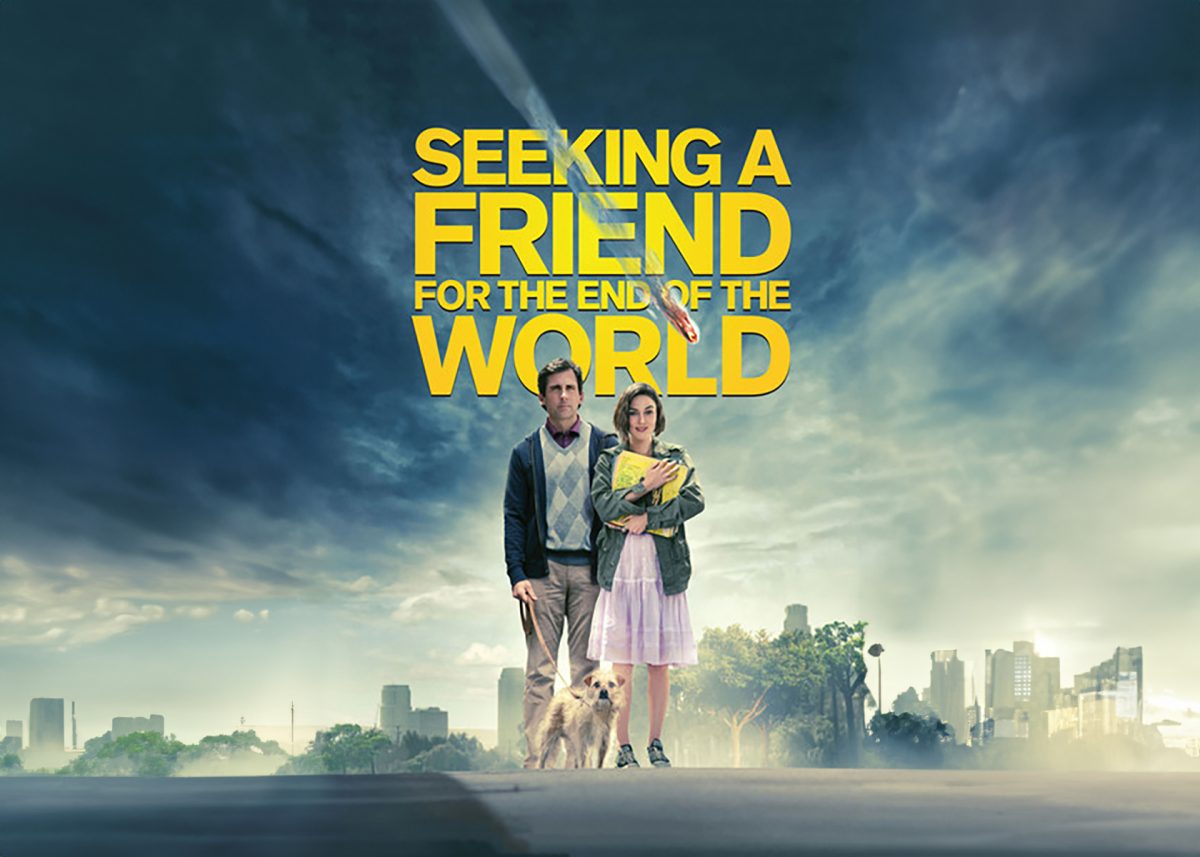I recently watched Carol and the End of the World and thought it was super cute! The show follows an introverted 42-year-old woman facing the “carpe diem” mentality as a foreign planet is projected to collide with Earth. Instead of partying and traveling like the rest of the world, Carol finds an office job and gets drinks at a closed-down Applebees with her coworkers. The show was endearing, quirky, and reminiscent of Seeking a Friend for the End of the World.
However, often after watching pre- or post-apocalyptic movies, I’m left wondering what the rest of the world is up to. Carol and the End of the World is set in California and generally follows comfortable Americans with cars and stable jobs (before the world abandoned societal structure). For instance, Carol’s nudist parents go on a cruise, and her friends go back and forth from Tibet because they have the means to. Granted, in this new pre-apocalyptic society money develops relatively little meaning. Still being somewhat confusing, logistics aside, while I watched the limited series on Netflix, I couldn’t help but wonder how other Americans who aren’t as well off would be in a similar situation.
Maybe this is nit-picky and doesn’t lean into the wonders of fiction, however, it still feels weird not to acknowledge the other people in the world, or even in the U.S. that don’t have the same resources. I wonder about the people in the U.S.A. who were living in poverty, or paycheck-to-paycheck before switching into a society liberated from capitalism. Supposedly it’s all explained away by society’s newfound lack of need for money.
Another aspect of apocalypse media I wonder about is how other countries deal with apocalypses, specifically the post-apocalypse world. As American viewers we occasionally get glimpses through movies like Contagion and A Quiet Place. In Contagion a short scene showing what life was like for villagers post-virus was shown, giving it a touch more of realism and how different communities may handle a deadly virus. Additionally, in A Quiet Place, we’re shown John Krasinski’s character radioing other countries, verifying the aliens as a worldwide phenomenon. However these movies still predominantly feature people in developed and industrialized countries.
In contrast, I did find one random movie that differentiates from the previously mentioned American blockbusters. Easy to watch on YouTube, the movie Mateka is set in rural-tribal living in Tanzania. Not straying from many other apocalyptic narratives, it follows a chief trying to find a cure for a virus that has struck the people. The movie seems to be your average dramatic apocalypse movie just with a different setting and language. Mateka seems to give a refreshing take on the characters and the setting showing a different side to Earth’s potential downfall. Achieving the point of view from a community that isn’t necessarily an affluent and industrialized community. But because this movie is made in Tanzania with fewer resources compared to Hollywood, the movie falls flat and doesn’t garner much attention with only 1.2k views on YouTube.
At the end of the day, Apocalypse entertainment isn’t supposed to be hyper-realistic. Its purpose is to excite and terrify its viewers. When we watch movies or shows we sign up for a storyline that is created within a certain universe and setting. I mean, you can’t get mad at A Quiet Place for having aliens when that is literally the whole premise of the movie.



